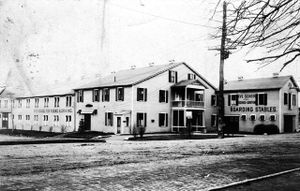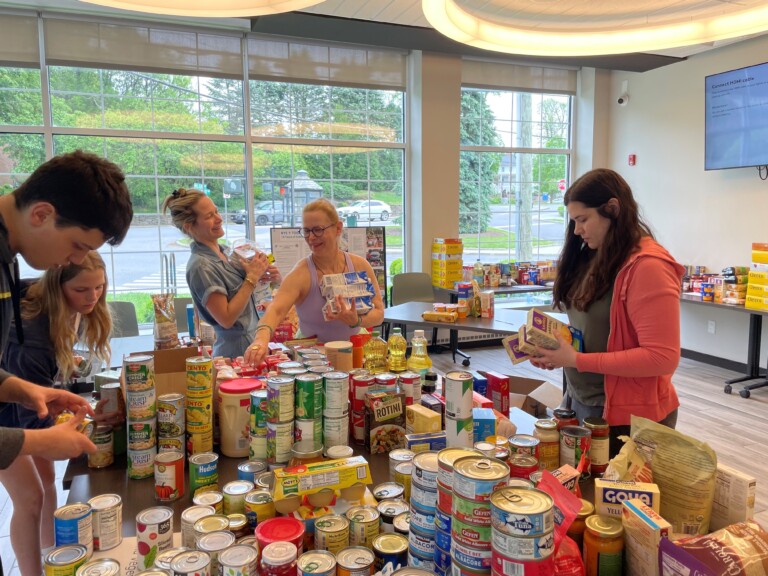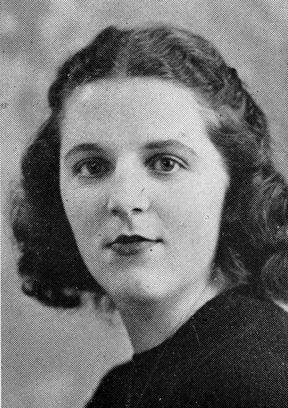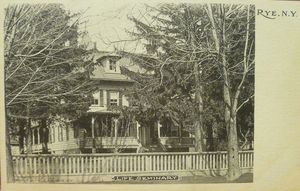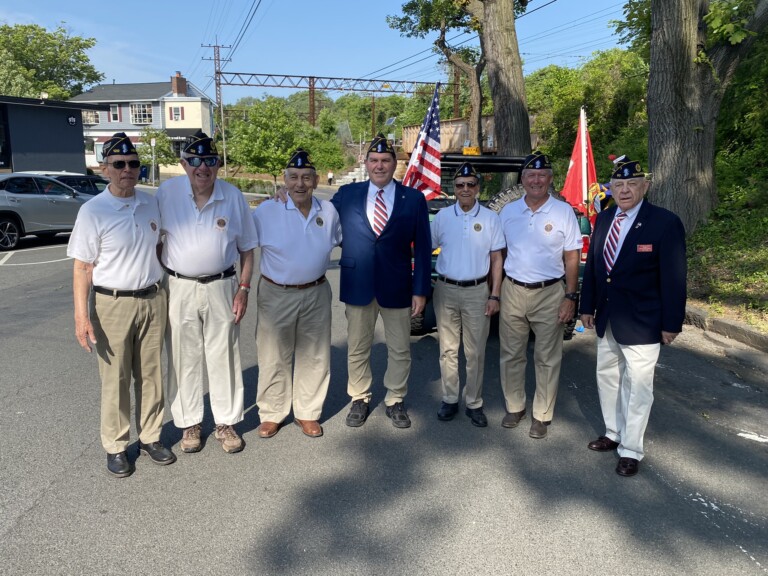Making History: Unearthing Details on Rye’s Mid 1800s African-American Entrepreneur
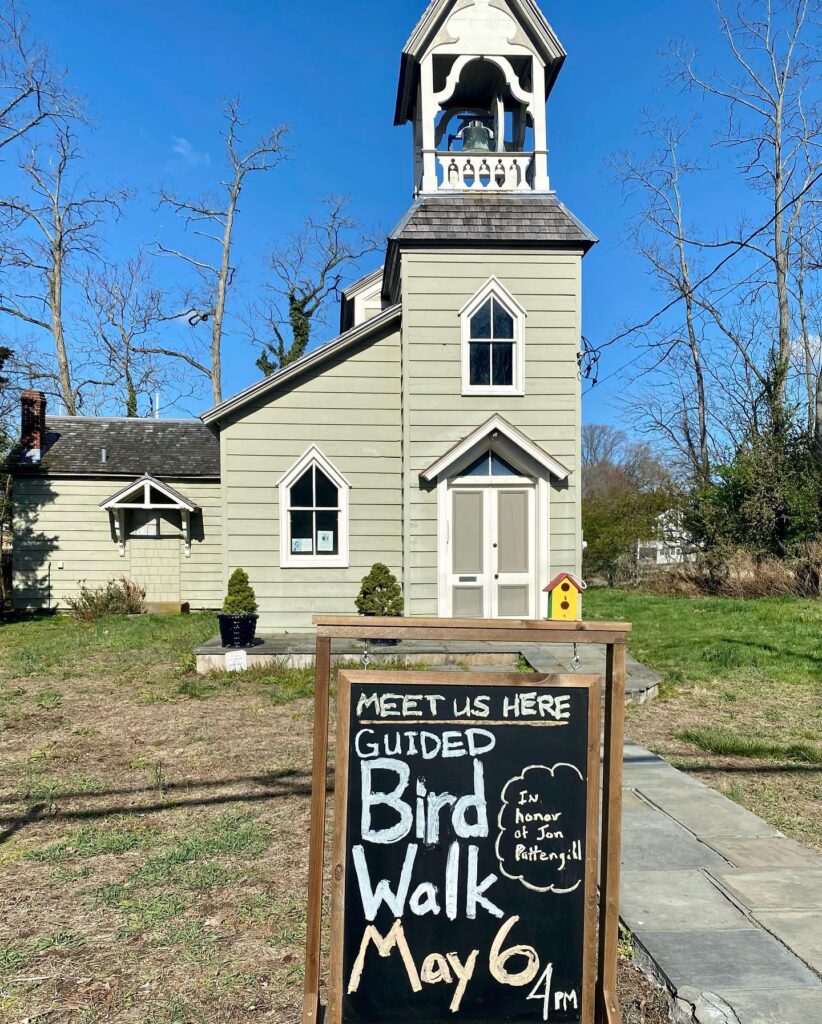
On Monday, volunteers at the Bird Homestead and Meeting House Conservancy, including members from the Port Chester – Rye NAACP and local students from Rye High School, Rye Country Day, and SUNY Westchester Community College), began a week-long effort to unearth history related to a mid 1800s African-American entrepreneur. The group is running an archeological dig at the Milton Road property to uncover details around saloonkeeper, innkeeper and ice cream retailer William Voris.
On Monday, volunteers at the Bird Homestead and Meeting House Conservancy, including members from the Port Chester – Rye NAACP and local students from Rye High School, Rye Country Day, and SUNY Westchester Community College), began a week-long effort to unearth history related to a mid 1800s African-American entrepreneur. The group is running an archeological dig at the Milton Road property to uncover details around saloonkeeper, innkeeper and ice cream retailer William Voris.
This is the third and final phase of the dig, which the Bird Homestead began four years ago in coordination with archaeologist Dr. Sara Mascia of Historical Perspectives, Inc., a cultural resources consulting firm.
Dr. Mascia has overseen all three phases of the dig and has held courses through SUNY Westchester Community College on site over the past three years. The dig is taking place between the Rye Meeting House-Historic Grace Chapel and the Bird Homestead along Milton Road and the Blind Brook estuary, which was the property of African American saloonkeeper and entrepreneur William Voris in the 19th century.
Voris purchased the property in 1841. He built his house there, and soon established a successful business as an innkeeper, specializing in handmade ice cream decades before the advent of electricity or refrigeration. He later opened an additional ice cream parlor at Rye Beach (now known as Playland).
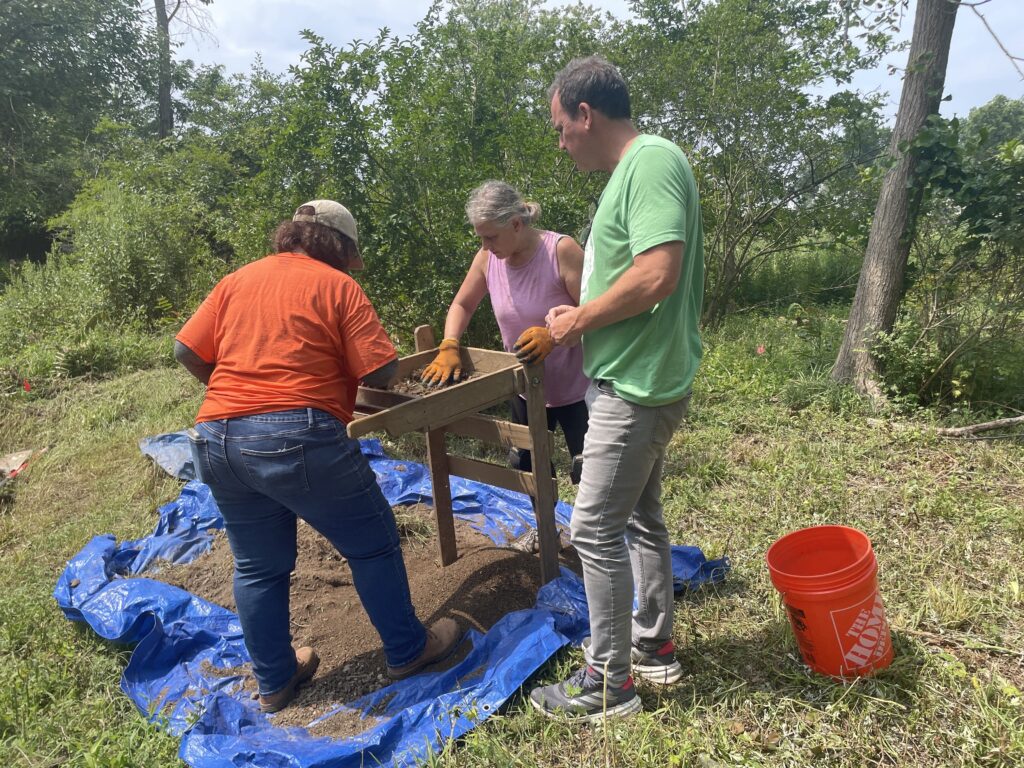
Bird Homestead officials make the point that it was unusual and therefore historically significant for African Americans to own property before the Civil War, let alone achieve financial prosperity. Doug Carey, a Bird Homestead and Meeting House Conservancy board member, emphasized, “It’s important for students of color to look into what we’re doing here.”
Mascia of Historical Perspectives agreed that the significance of the project is that it makes visible the kind of story usually erased from the historical record. “You’ve got to understand your past in order to understand your present and your future,” she said. “There were a lot people here who made Rye what Rye was in the 19th century.”
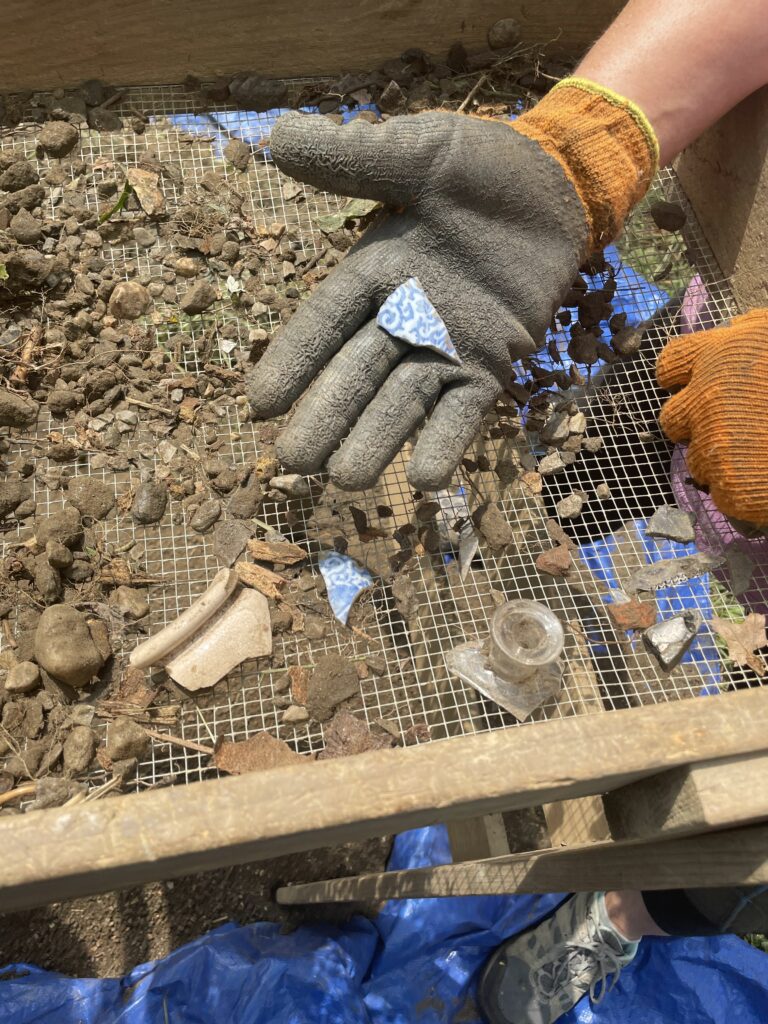
The ultimate goal of the archaeological dig is to gather information for a historical interpretation to be presented on the property. Mascia and her group of volunteers are in the process of locating the outer perimeter of William Voris’s house, where he lived with his mother and son. The final interpretation work will include markers for the four corners of the house and a sign with information on Voris.
The archeological dig continues through this Friday.
Watch Dr. Sara Mascia of Historical Perspectives, Inc. deliver a presentation on the dig for the Lewis Latimer House Museum in Queens:

